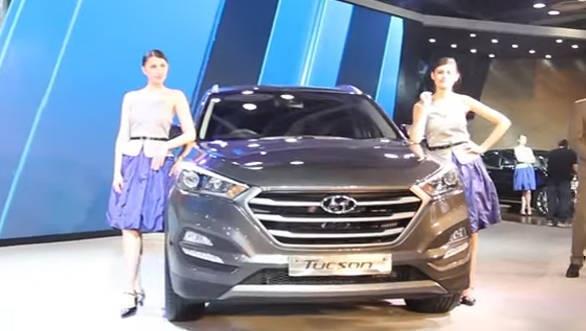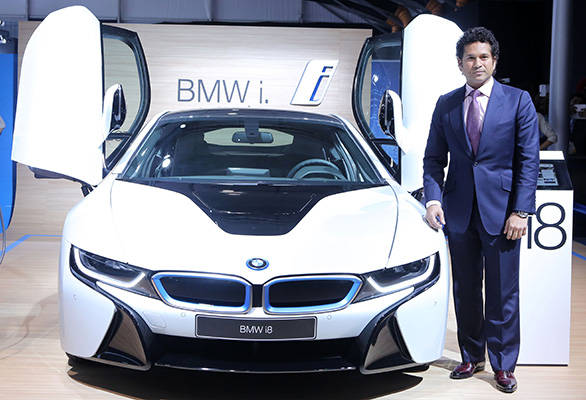The Frankfurt motor show, one of the biggest automotive events in the calendar year, has received a major setback as nine manufacturers have decided to skip the event. The list includes Fiat, Peugeot, Nissan, Volvo, Alfa Romeo, Jeep, Mitsubishi, DS and Infiniti Motors. While there are no official comments on why these manufacturers have decided to stay away, the reasons are far too obvious to turn a blind eye to.
Participation in Auto Shows accounts for a large part of the manufacturer’s expenditure in a year and you don’t have to be a genius to understand that there’s no point investing if the returns aren’t favorable enough, or sustainable, for that matter.

Car makers usually spend a bomb setting up the display area, funding logistics for car as well as people movement and arranging freebies for crowds that throng these auto shows. The question is, how many of these show goers actually end up purchasing the car? In the end, a sky high sales graph is what the manufacturer needs.
Do auto shows really offer the desired return on investment (ROI) is a debateable topic, but the fact is, many manufacturers are slowly adopting other means of improving visibility and in turn boosting sales.
Carmakers, these days, prefer conducting their own events, where they choose to unveil the car or offer experiential drives to prospective clients. The cost of organising such events is usually a fraction of what it takes to participate in an auto show. From a customer’s perspective, they get a chance get up close with the car and spend as much time understanding its features, without having to bother about people waiting for their turn or shutterbugs falling over each other to get the money shot.
Customer engagement, for long, has translated in sales, and as we’ve said before, that is the ultimate goal that manufacturers aim at.
Usually, auto shows are also a place of show of strength for many manufacturers. You’ll typically find a big manufacturer splurging big bucks on erecting a grand stage and designing the theme in a bid to to not only attract show goers but also outdo another manufacturer.
This race to stand out often leaves the smaller manufacturers lost in the crowd, and when you are spending that kind of money, empty stands is the last thing a manufacturer would want.

The other problem that plagues auto shows is previews of cars and bikes that surface on the internet, much before official unveiling at the vehicle. In some cases, an image of the entire car or bike is released on digital platforms, which takes away the excitement when the vehicle is showcased at an auto show. The suspense is dead, even before people enter the expo hall.
Closer home, the biennial Auto Expo that’s held in Noida is also in similar danger of losing out on exhibitors. Bajaj, Harley-Davidson, Royal Enfield, Volvo and Skoda were absent at the 2016 Auto Expo and, as of now, there is no clear indication of who may attend and who may miss the 2018 Auto Expo.
Besides facing almost similar issues that plague international auto shows, the Auto Expo in India still faces a peculiar problem, crowd control. Even on official media days, we found visitors and so called guests of car manufacturers thronging the stalls and making it a miserable time for journalists to photograph cars or spend time with the head honchos of car companies.
All said, it’s about time auto shows pull their socks up and offer more value to both automobile manufacturers as well as show goers. There is, after all a certain charm of visiting an auto show, and therein lies its biggest draw.
[“Source-overdrive”]





